Blog Post
Walking in the footsteps of the apostles–and touring sites of ancient persecution
By Jonathon Van Maren
Inside the jumble of massive columns, slumping stone walls, sculpted doorways and granite slabs engraved with Byzantine crosses, my wife and I found a small sign affixed to a brick wall in the Basilica of St. John. The white paint was peeling away in strips, but the words were still readable. “There is no doubt that St. John was in Asia from 67 AD onward,” it said. “St. Paul came to Ephesus between 55-58 AD and added new congregations to the ones that had already been founded there by other Apostles…John was later exiled to the Island of Patmos in 81 AD and returned to Ephesus in 95 AD. He spent the last years of his life on Ayasuluk Hill in Ephesus, where he wrote his gospel and his letters. When he died at approximately the age of 100, he was buried there according to his last request.”
In 300 AD, a martyrion (monumental tomb) was erected over the Apostle John’s grave by Helena, mother of Constantine the Great. Fifty years after that, the first basilica, made of wood, was built over the tomb. That church eventually fell apart, battered by natural disasters and the forces of history, and the remnants were torn down by Emperor Justinian, who began to build the basilica in 548 and completed it by 565, guided by a renowned theologian, Bishop Hypatius of Ephesus. The four roofless white columns that mark John’s grave today are accompanied by a more recent marble block identifying “The Tomb of St. John.” A short ways away is an enormous baptismal pool set into the floor, shaped like a cross with steps leading into it and steps leading out the other side. It is one of the earliest surviving Christian baptismal fonts.
The nearly 1,500-year-old church once had six massive domes and was built in the shape of a cross. Even the remains and the rubble that are left today are impressive, and we wandered through the hallways and chambers, roofed only by blue sky with gaps in the walls giving us a view of what was once Ephesus, one of early Christianity’s most prominent communities. Everyone in Christendom seems to have visited here. Of the seven Ecumenical Church Councils between 325 and 787, most were held in churches in Ephesus (and some in the Hagia Sophia in Byzantium, where tradition says the Apostle Andrew once served as bishop before his martyrdom in Patras in Western Greece.) Eusebius, the historian who told us much of what we know about the early church, writes that Peter came to Ephesus as well as Cappadocia (1 Peter 1:1 mentions “God’s elect” in that city.) Some accounts say that Paul was released from prison in 59 and came to Ephesus before being rearrested there and martyred in Rome with Peter between 65 and 67.
Aquilla and Priscilla lived here, too, beginning a house church and likely assisting Paul in the training of Christian leaders and missionaries in the school of Tyrannus (Acts 19:8-10). They, of course are cited in the Book of Acts as having guided Apollos, a Jewish Christian from Alexandria who also travelled to Ephesus and spoke about Christ in the synagogue. Tradition says that the couple were martyred there, as was Timothy, who served as bishop and was dragged through the streets and stoned to death in 97 when he preached the gospel to a processional dedicated to the goddess Artemis. (Only one pillar of the Temple of Artemis, destroyed by the Goths in 262, still stands today.) He was purportedly 80 years old at the time. Some church traditions indicate that Onesimus, the runaway slave mentioned by Paul in his letter urging Philemon to receive him back as a brother in Christ, may have succeeded Timothy. Ignatius’ letter to the church in Ephesus says that Onesimus went to meet him in Smyrna (modern-day Izmir) when he was being taken to Rome. Onesimus himself was probably beheaded.
Luke also died here, and we stopped at a small collection of ruins near the city of Ephesus that were once mistakenly thought to be his grave but later turned out to be an ancient Roman fountain that became the site of a church around 500. Some historians believe that the Apostle Mark, who was eventually strangled to death by a mob in Alexandria, may also have come to Ephesus, based on Paul telling Timothy in the Second Epistle to Timothy 4:11 to bring Mark with him because he was helpful in ministry. On Mt. Coressos, a short but steep mountain drive away, rests the so-called House of Mary, where some have claimed that the mother of Christ lived when she purportedly accompanied John to Ephesus. The site, however, is of extremely dubious origins, based as it is on the fevered visions of a bedridden German nun centuries later. The Catholic Church does not formally recognize the site, but visits by several popes have nonetheless given the mistaken location some credence—and the devout and solemn visitors we saw there certainly seemed to believe it. Some say that Mary Magdalene also lived with John and the mother of Christ in Ephesus, and was eventually buried in the Cave of the Seven Sleepers nearby before Emperor Leo VI looted her grave for her remains and hauled them off to a monastery in Constantinople.
The Cave of the Seven Sleepers is a strange site with a strange stories. It is likely a myth, but one with ancient origins that are contemporary enough to give some pause. When we pulled up through the rusty gates and parked near the ever-present tent bazaar at the entrance, fake antiques were being hawked and the garbage that seems to litter all of Turkey was scattered across the packed-dirt lot and right up the sloping cliff. A short hike, and we were looking down into a cavern guarded by another flaking grate. According to tradition, seven young Christians fled here during the Decian persecutions, took refuge in the cave, and fell asleep. (An alternative version says they were shut up in the cavern by Roman soldiers hot in pursuit.) When they awoke and went to town to buy bread, the coinage they presented to the vendors revealed that they had been sleeping for two centuries. Many early Christians considered it a miracle, and it is certainly true that something must have happened here. Like so much in the foggy swamp where tradition and legend meet history, we simply cannot know what.
Walking down the stone streets that the ancient Ephesians once walked, it struck me suddenly that the people who lived here thousands of years ago thought their civilization would last forever. And why not? Everything they had built seemed to defy mortality: The magnificent columns of the Library of Celsus; the enormous amphitheatre looking out over the colonnade known as Harbor Street; the indestructible (but now roofless) houses with their intricate floor mosaics. Even the etched graffiti of gladiators seemed to prove that death itself had been relegated to the realm of the games. If you walk down Harbor Street, which dates from the 400s and once connected the great theater with the Aegean Sea, you will see that four of the larger columns have pedestal bases with Christian symbols. It is believed that atop these columns there was once statues of the four Gospel writers—Matthew, Mark, Luke, and John.
As I walked the streets of Ephesus with my wife, noting the Christian inscriptions on some of the stone and marble houses, I thought of a little booklet written by Ted Byfield (editor of a magnificent history of Christianity) a few years ago titled Why History Matters: And Why Christian History Matters in Particular. It is not just that some civilizations collapse and that we should strive to follow the example of those that survived, he pointed out. All civilizations have collapsed. Every single one of them. Our decaying and decadent civilization is no different, and this is precisely why we must seek things that are eternal: Because nothing else will last. Only Christ has conquered history. Even when churches built to His honor crumble beneath the weight of centuries, His grave remains empty—but not because His body has decayed or stolen. It is because He is risen.
It is surreal to drive through Turkey and visit the first places where Christianity took root, spread here by men and women whose names are immediately recognizable to anyone who has ever sat through a church service 2,000 years later. The names of the places have changed, so I had to search the guidebook carefully, and a book I picked up in a little shop in Cappadocia, The Christian Saints of Turkey: A Guide Inside the Early Church of Asia Minor by Dr. Andrew Jackson, was very helpful. As we drove through Izmir, it was jarring to think that the city was once called Smyrna, and that Polycarp was born to a Christian family here in 69, became a disciple of John, and spoke with the disciples who had known Christ during His time on earth. Historians believe he would have been about 27 years old when the Book of Revelation was received in Smyrna, and he was visited by Bishop Ignatius on the road to his martyrdom in around 110. Polycarp himself, of course, was famously martyred in the amphitheatre in Smyrna during the reign of Antoninus Pius (86-161). We know next to nothing about Polycarp’s predecessor bishop, Voukolus, who was probably ordained by the Apostle John.
In Cappadocia, my wife and I stayed in a hotel created from rooms carved out of the soaring stalagmite rock chimneys that make the entire area look like a white-and-tan rock moonscape and once hid Christians from persecution. Entire cathedrals, chapels, and churches were carved within the hollowed-out chimneys, and Christians found safety in these clefts of the rock. Christian communities began here in the 4th century, acting under the instruction of St. Basil of Caesarea, and the hidden chambers of worship host some of the oldest Christian frescoes in the world. Mounting the stone steps to little black doorways only to find luminous paintings covering the ceilings of the caves within is a strange experience. A short drive away is the Derinkuyu underground city, an eighteen-story subterranean metropolis that could accommodate up to 20,000 people for months. Christians hid here, too, and the cold, narrow passageways—each of which could be cut off by an enormous stone door that could be rolled into place—made me almost claustrophobic. I couldn’t imagine living this way for months on a stretch, but the wine presses, cellars, stables, ventilation shafts, and churches prove that people did.
Even here, hiding from those who sought to murder them, the fugitive Christians did not lose sight of what was most important. Hiding from the Arab Muslims, the Mongols, and others who sought them harm, they still took time to carve out chapels and even an enormous room with a barrel-vaulted ceiling that was used as a school for missionaries, with adjacent rooms carved out for religious studies. Miles and miles of tunnel apparently connect Derinkuyu to other underground cities, although most of these cities have not yet been excavated, and despite the fact that the Cappadocian Greek Christians were still using them to hide as late as the 20th century, the knowledge of their existence was lost for some decades when Turkey expelled the Greek Christians of the area to Greece in the 1920s. They were not found again until 1963, when a resident found a mysterious room behind a wall in his home, and further digging revealed a tunnel leading to a lost city where Christians once found safety.
Hunching my way through the tunnels, I saw that two young women had taken a toddler with them. He whimpered and clutched at them in the gloom, and I tried to imagine what it must be like to live beneath the surface of civilization, hunted by those who lived above. Whole families, with even their animals living underground. That is what some of the early Christians faced, and it is sobering to consider that although Christianity once dominated much of what is now modern Turkey, it is almost non-existent there today. Only ruins and frescoes and crosses carved into the rock remain, while ecclesiastical carpetbaggers run little shops near the ancient crumbling churches that unironically sell statues of the Virgin Mary on shelves alongside grotesque pagan idols with distended genitals. Civilizations with Christian roots can lose the candlestick of the gospel, and those of us living through the slow-motion collapse in the West should remember that sobering fact with justifiable fear.
History is not simply a graveyard of shattered temples, crumbling churches, and graveyards of long-gone men and women. History has something to teach us, and the men and women who went on before us, even thousands of years ago, still speak to us today. There were those who placed their trust in things that crumbled to dust, and those who were willing to give it all up to pursue things of everlasting value. Their example, arching over the centuries, comes to us still, urging us to look at our own lives and ask ourselves uncomfortable questions of utmost importance.
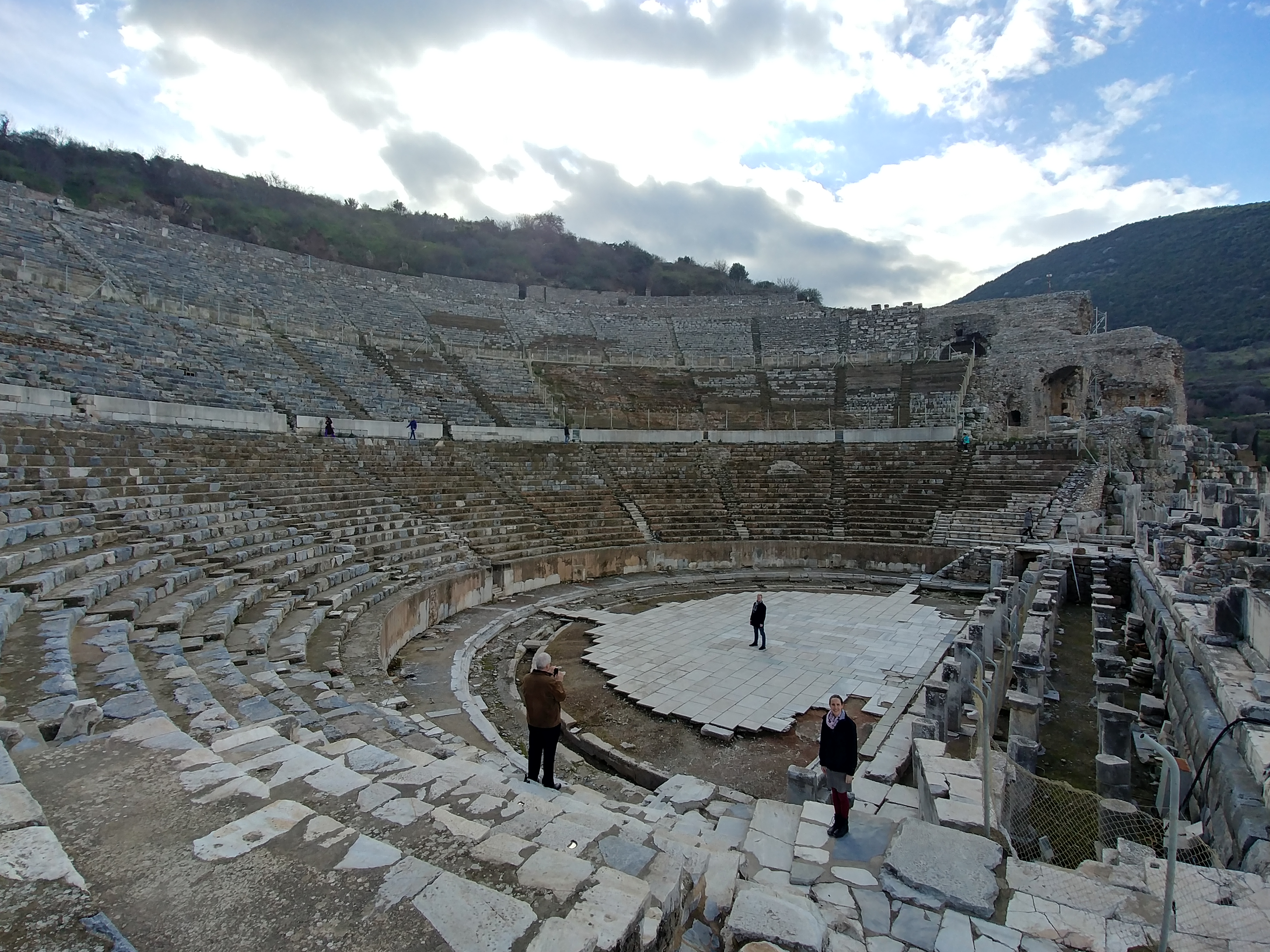
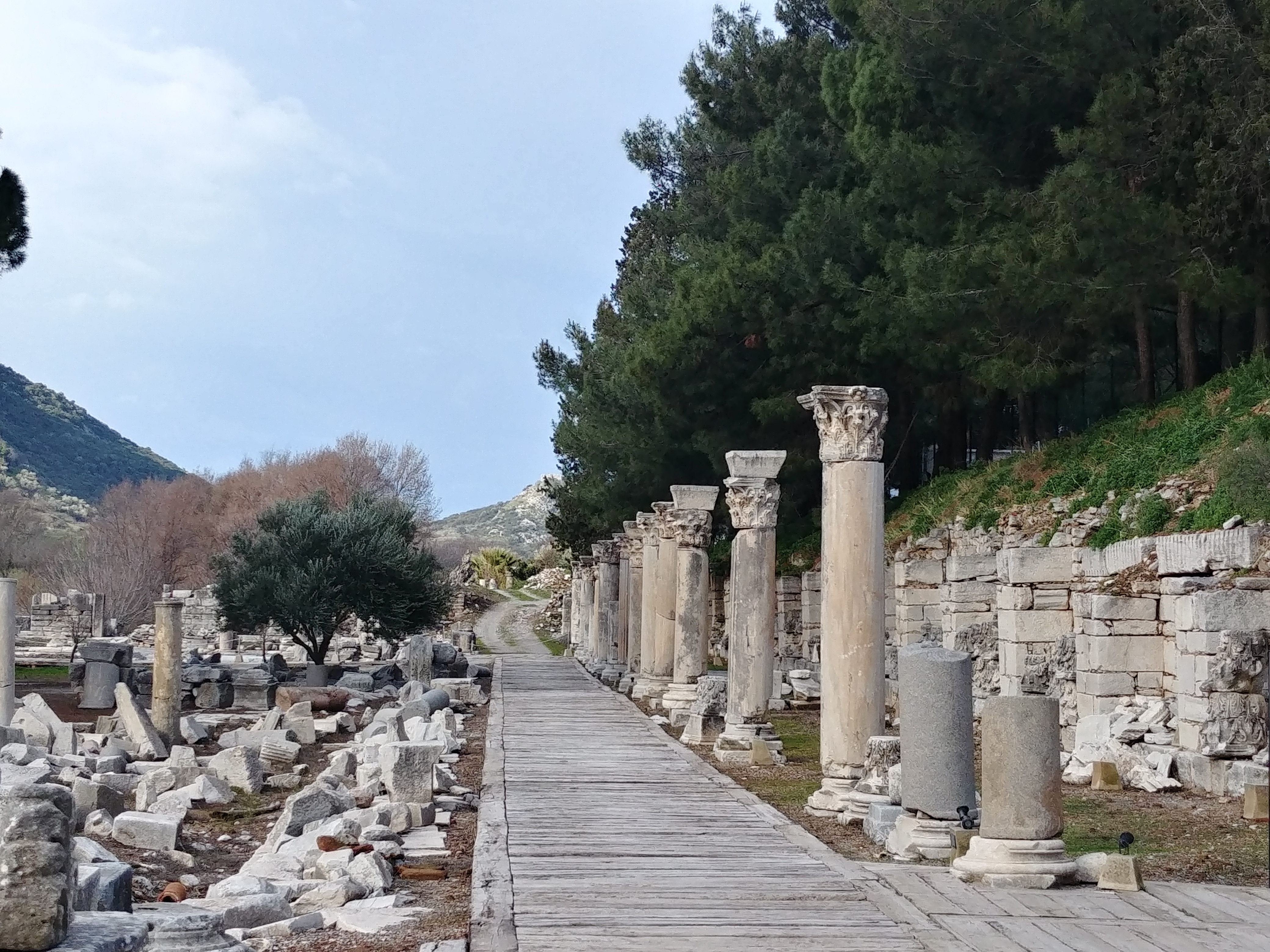
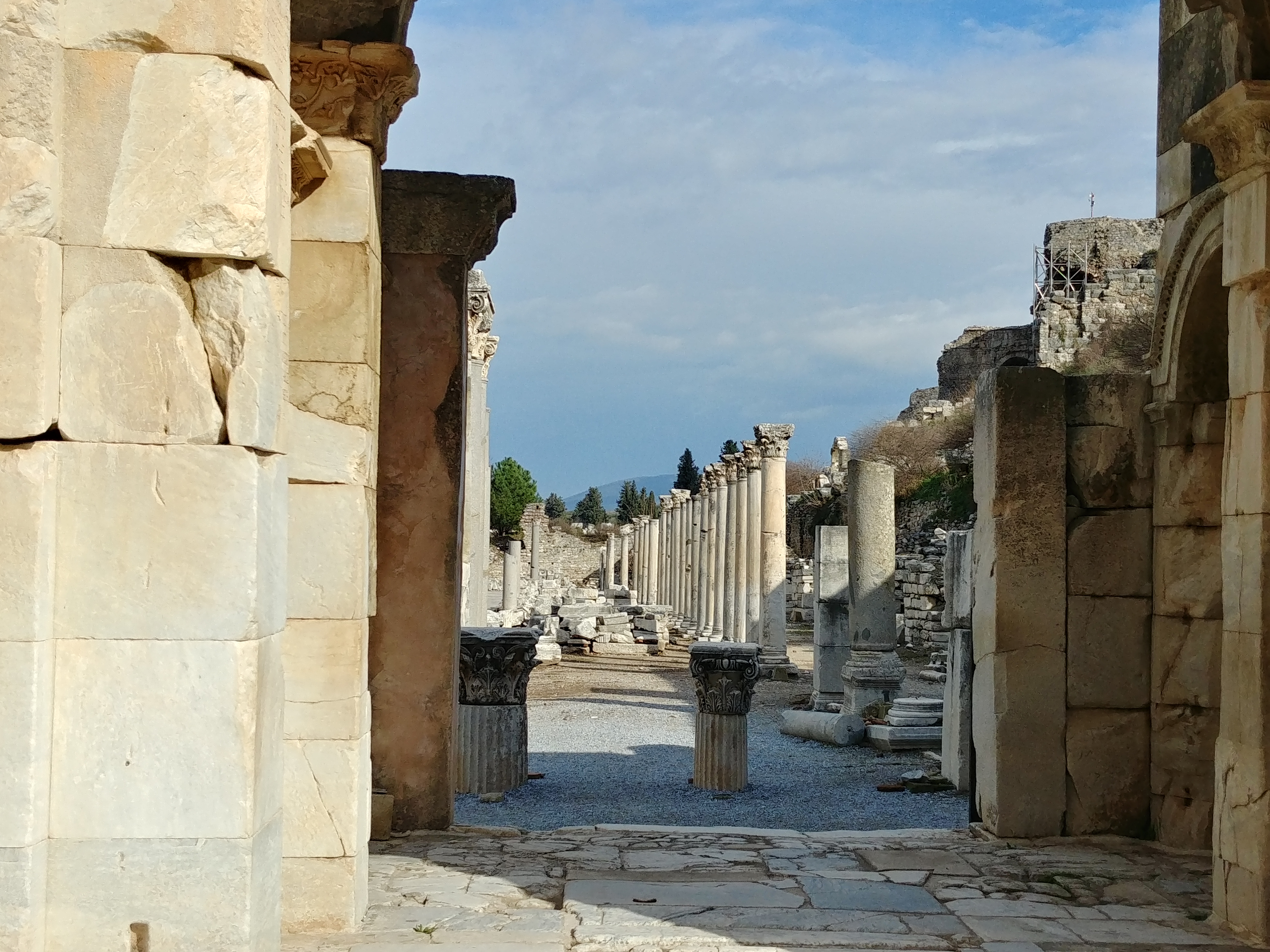
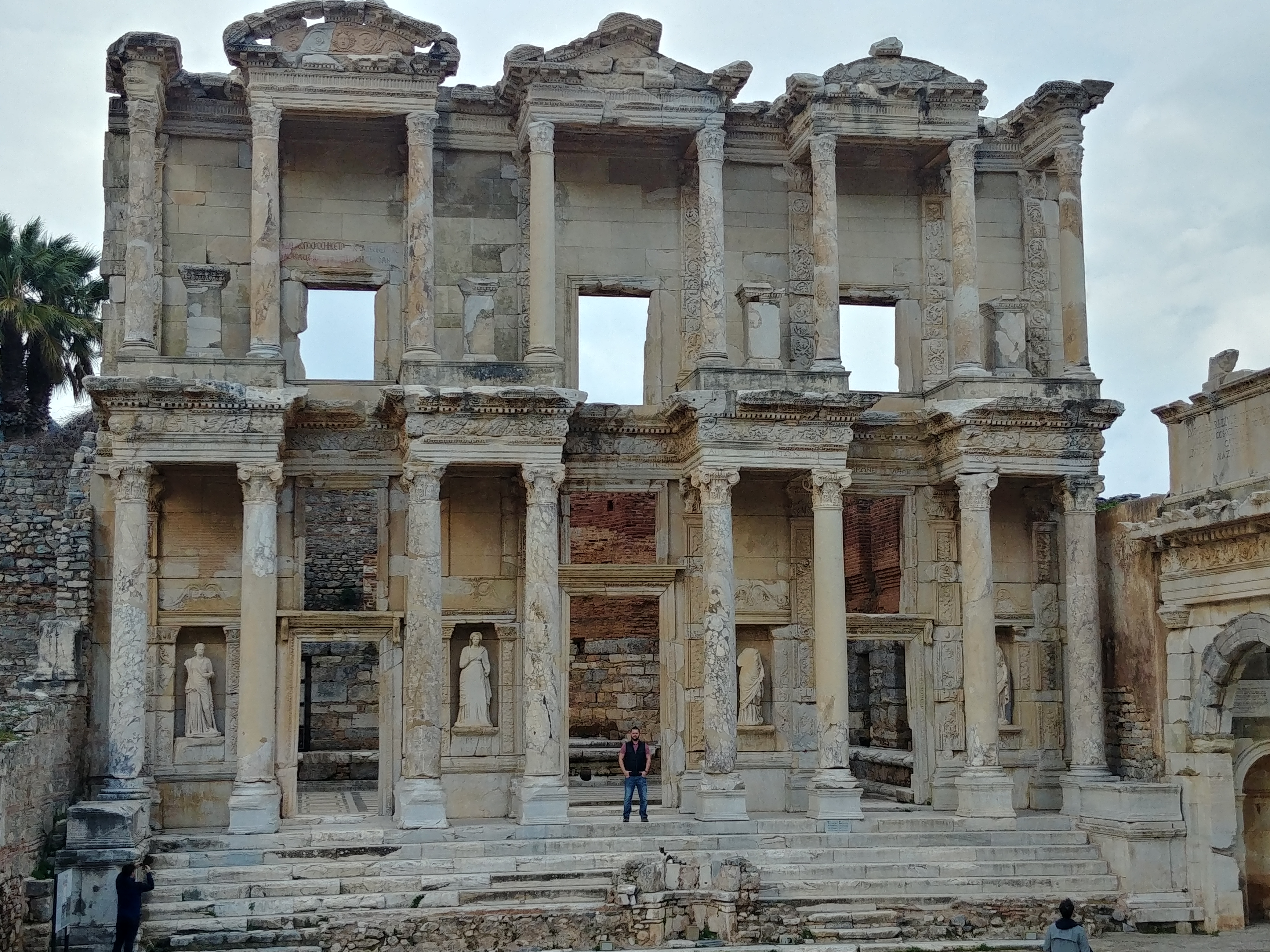
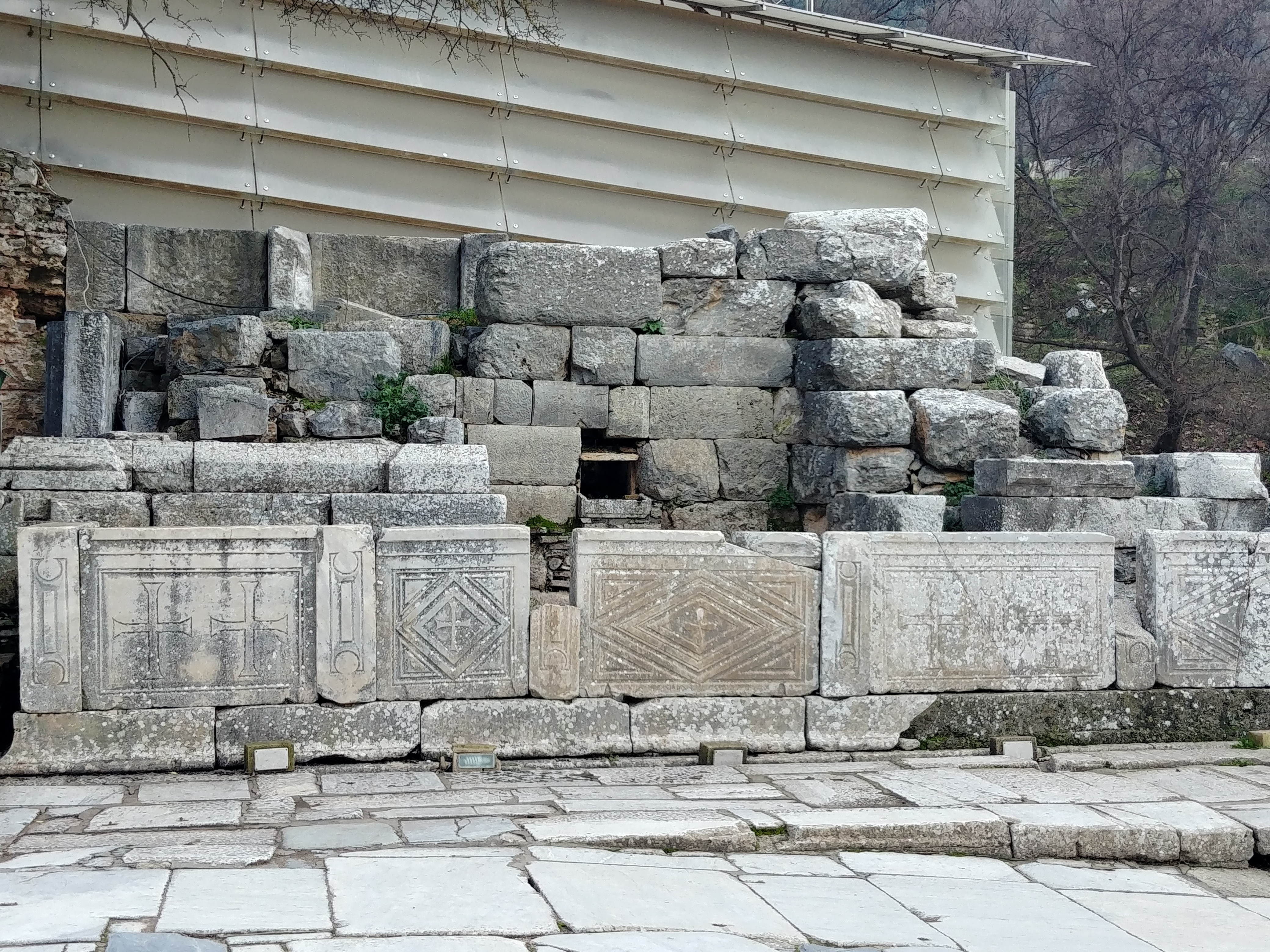
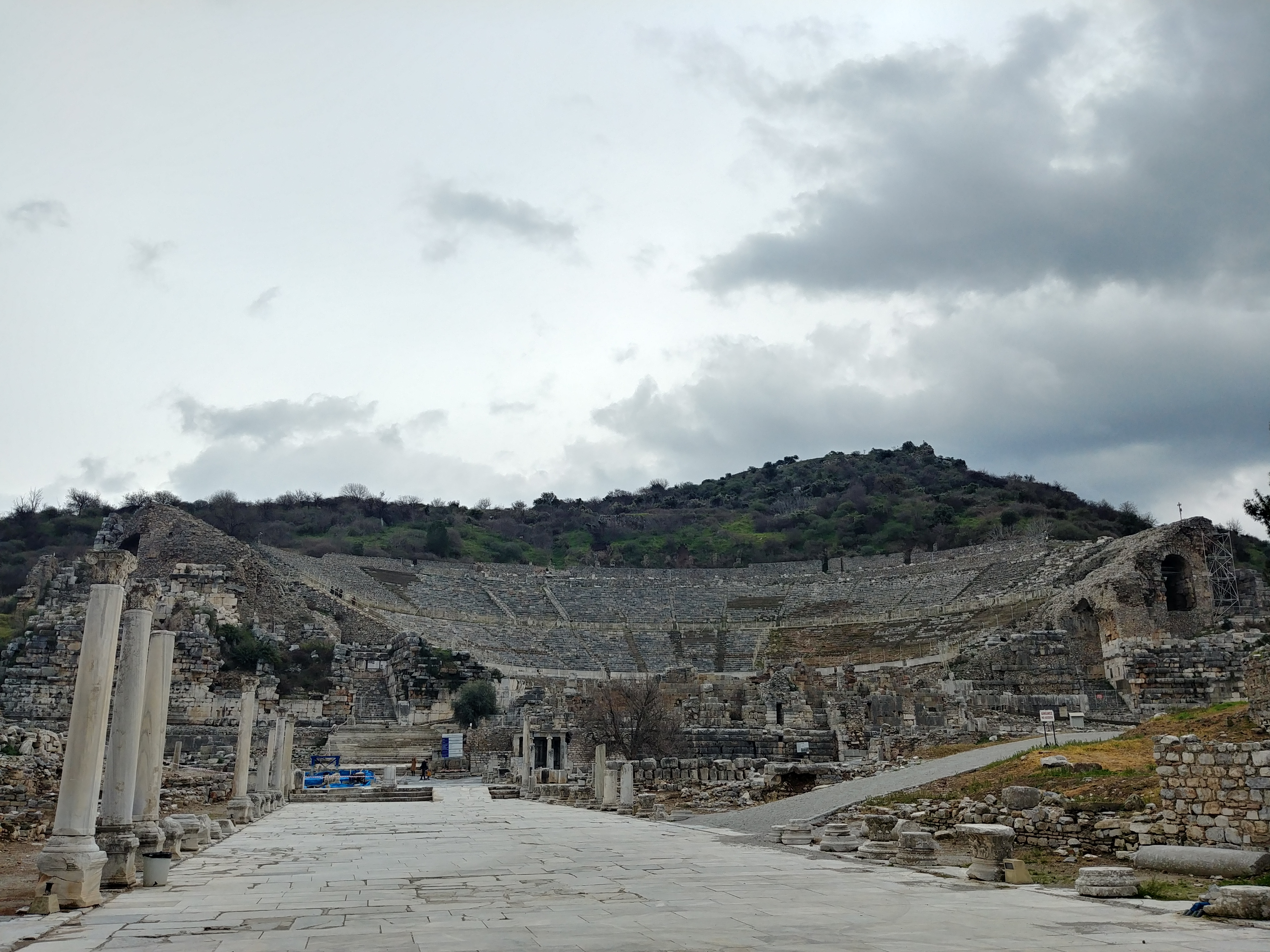
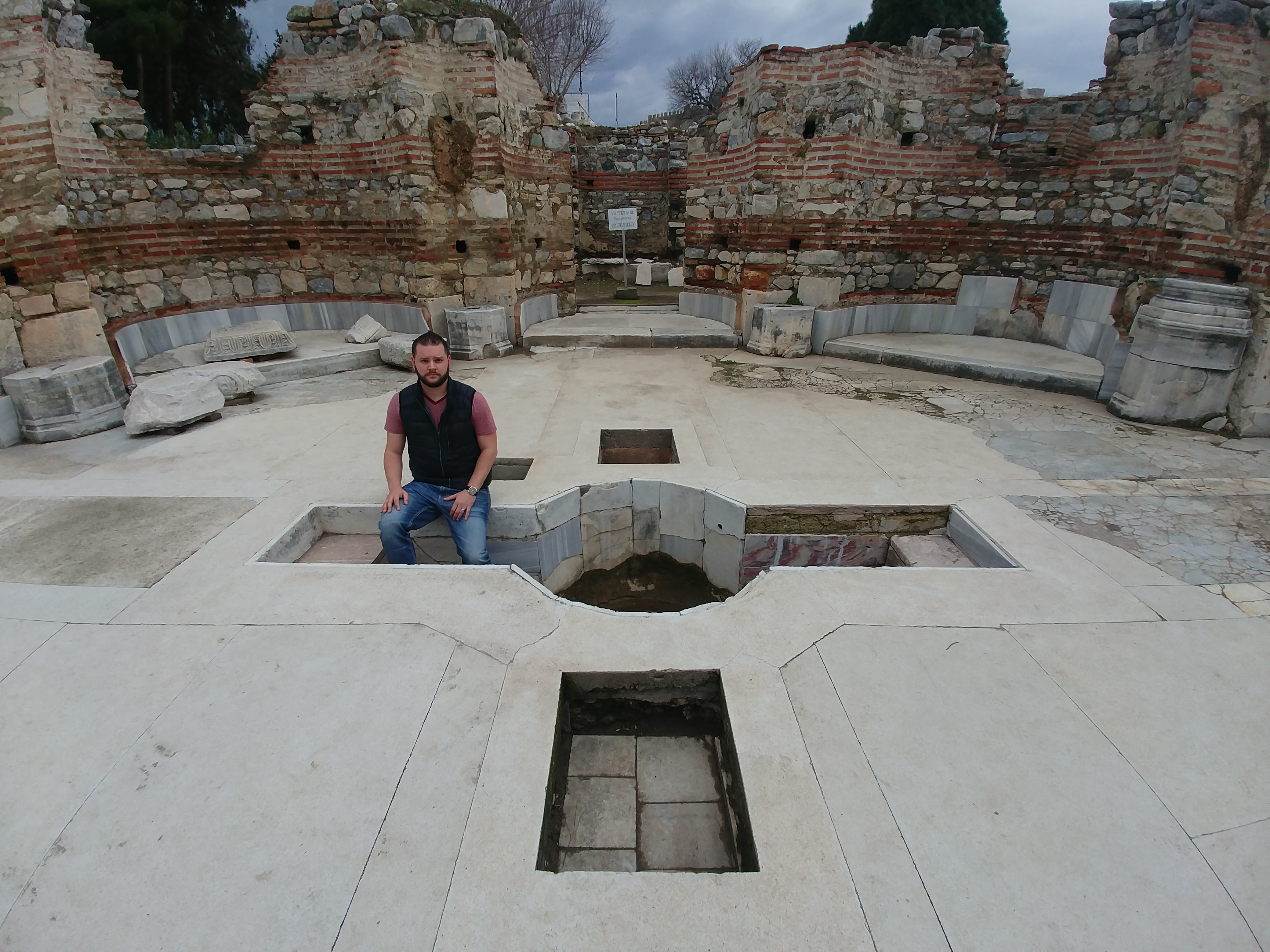
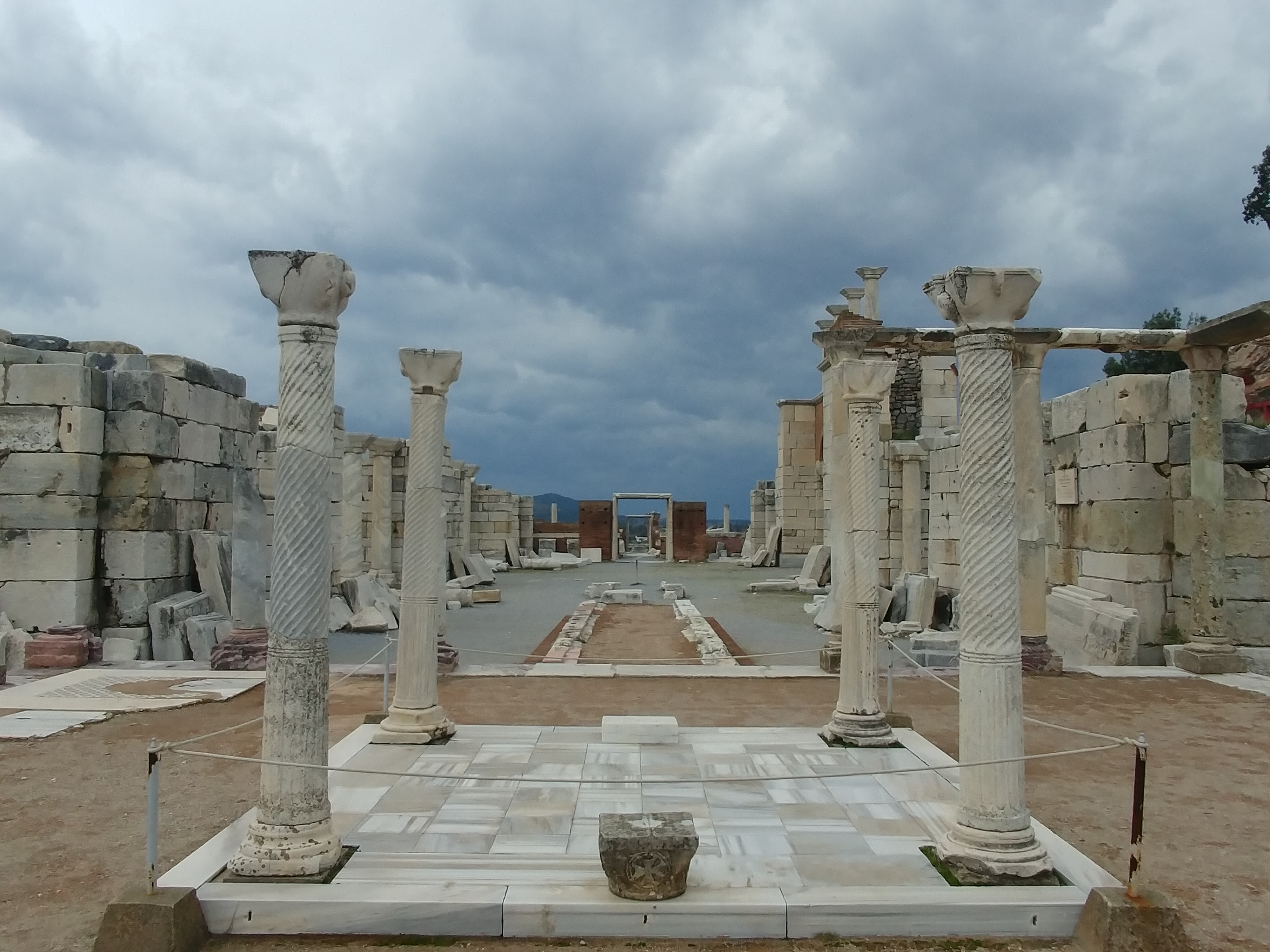
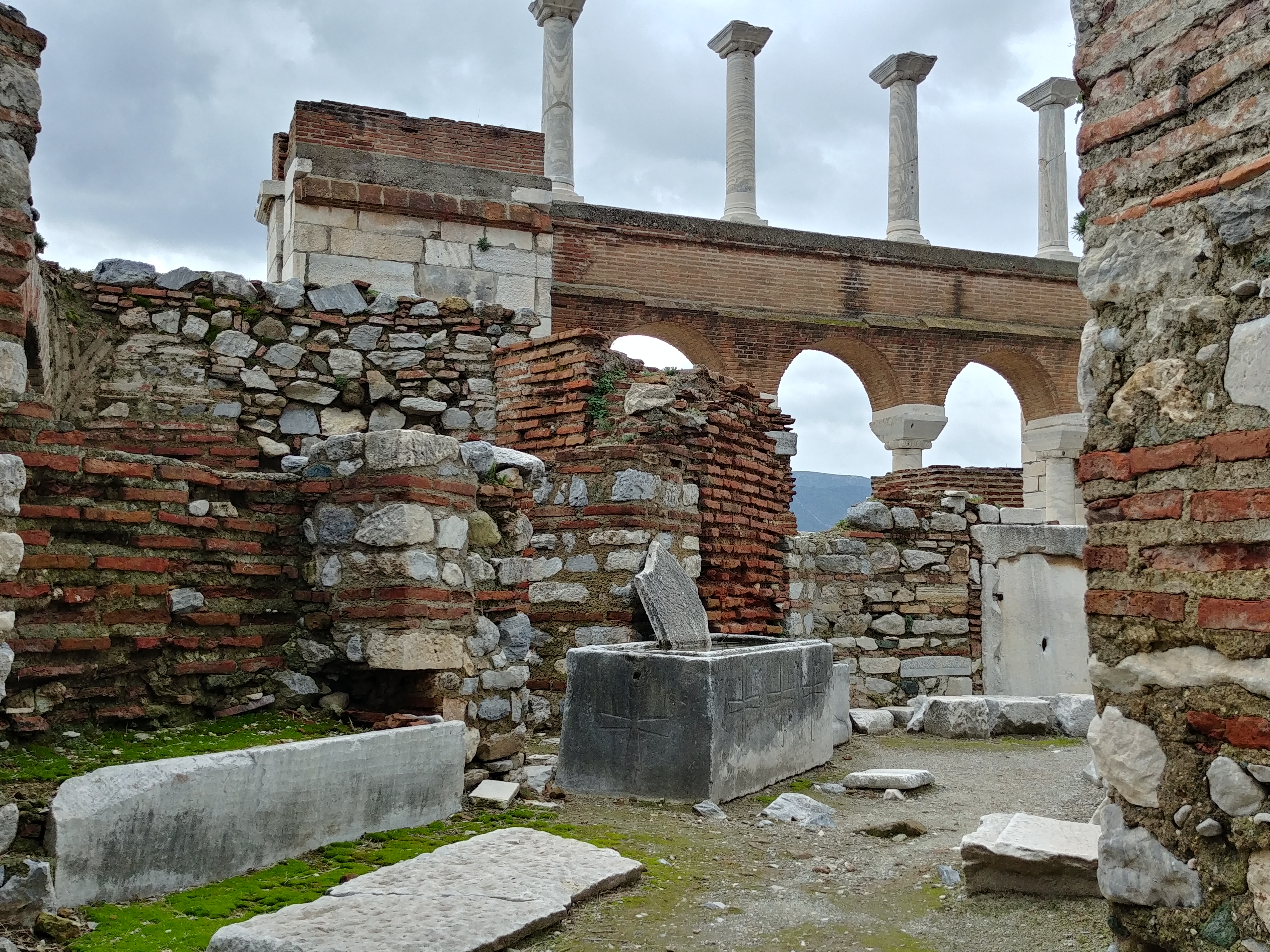
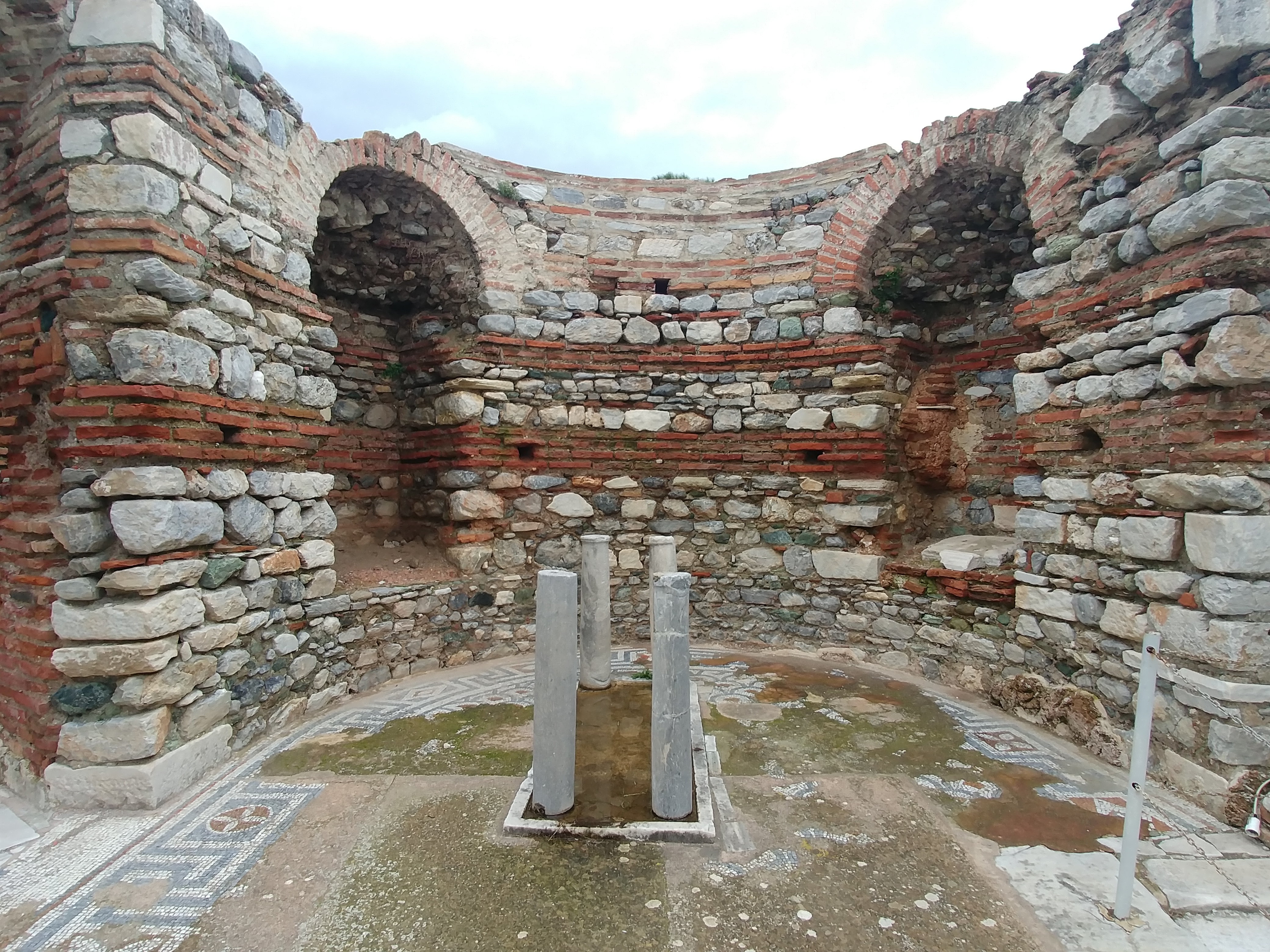
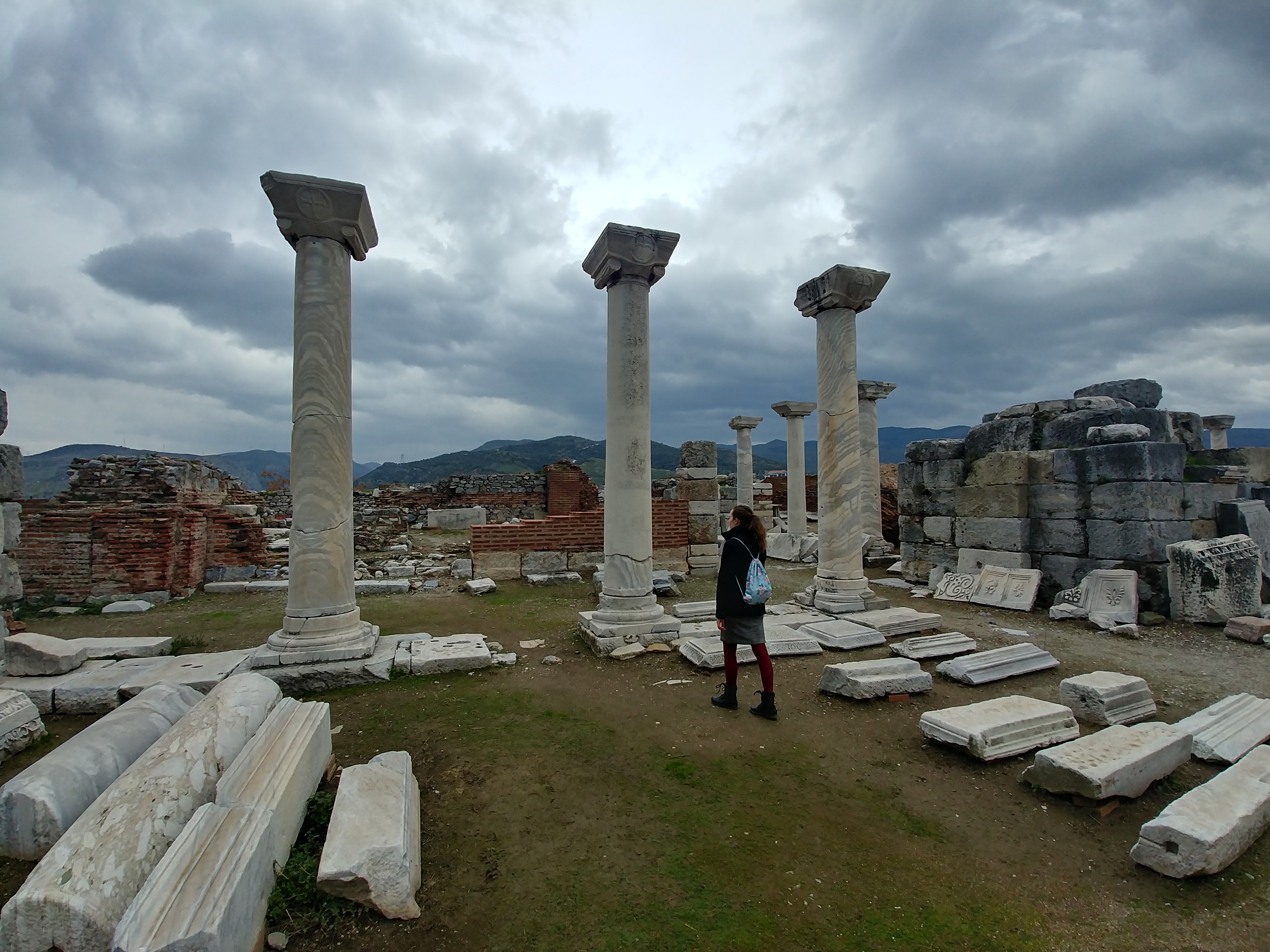
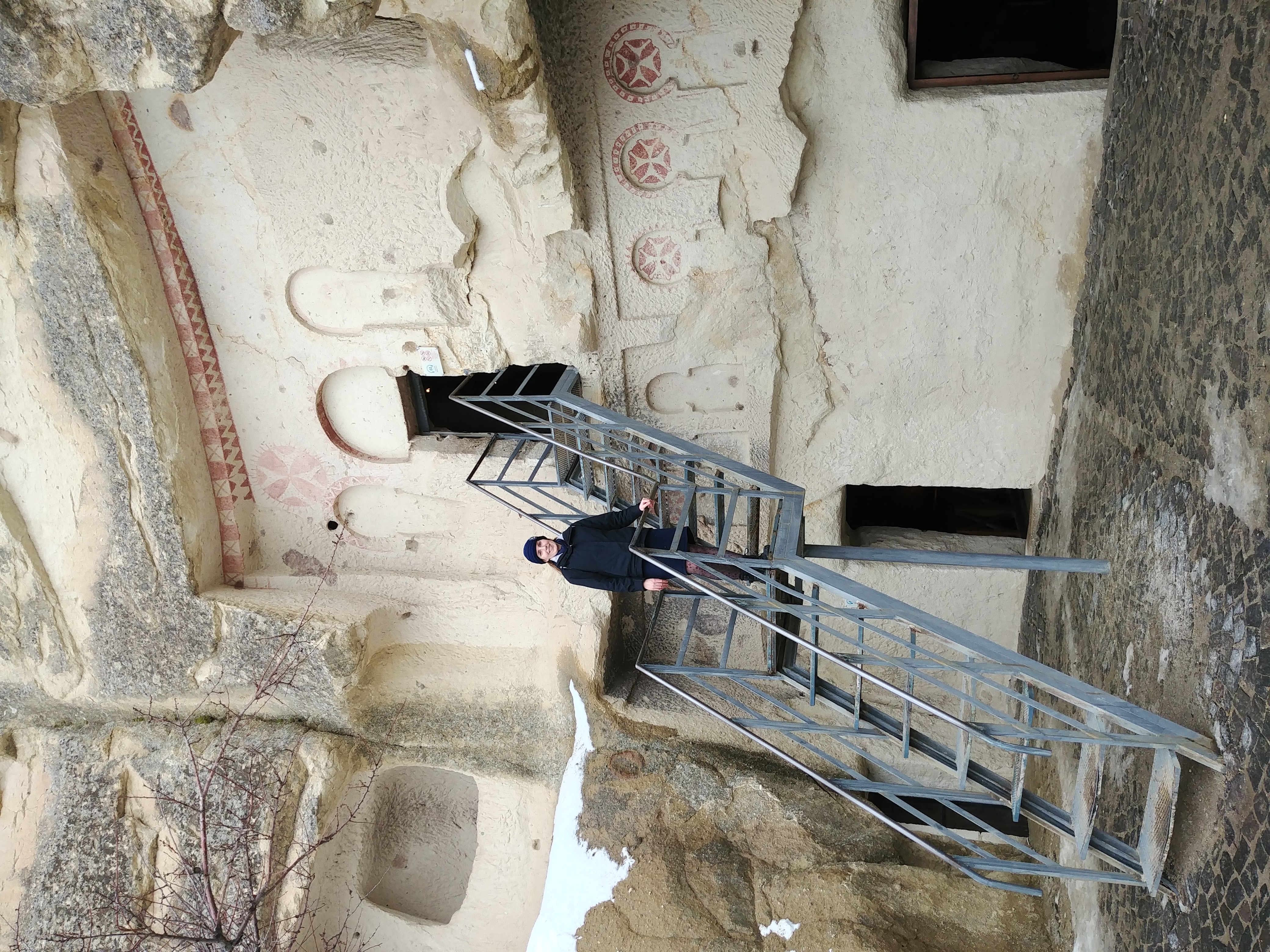
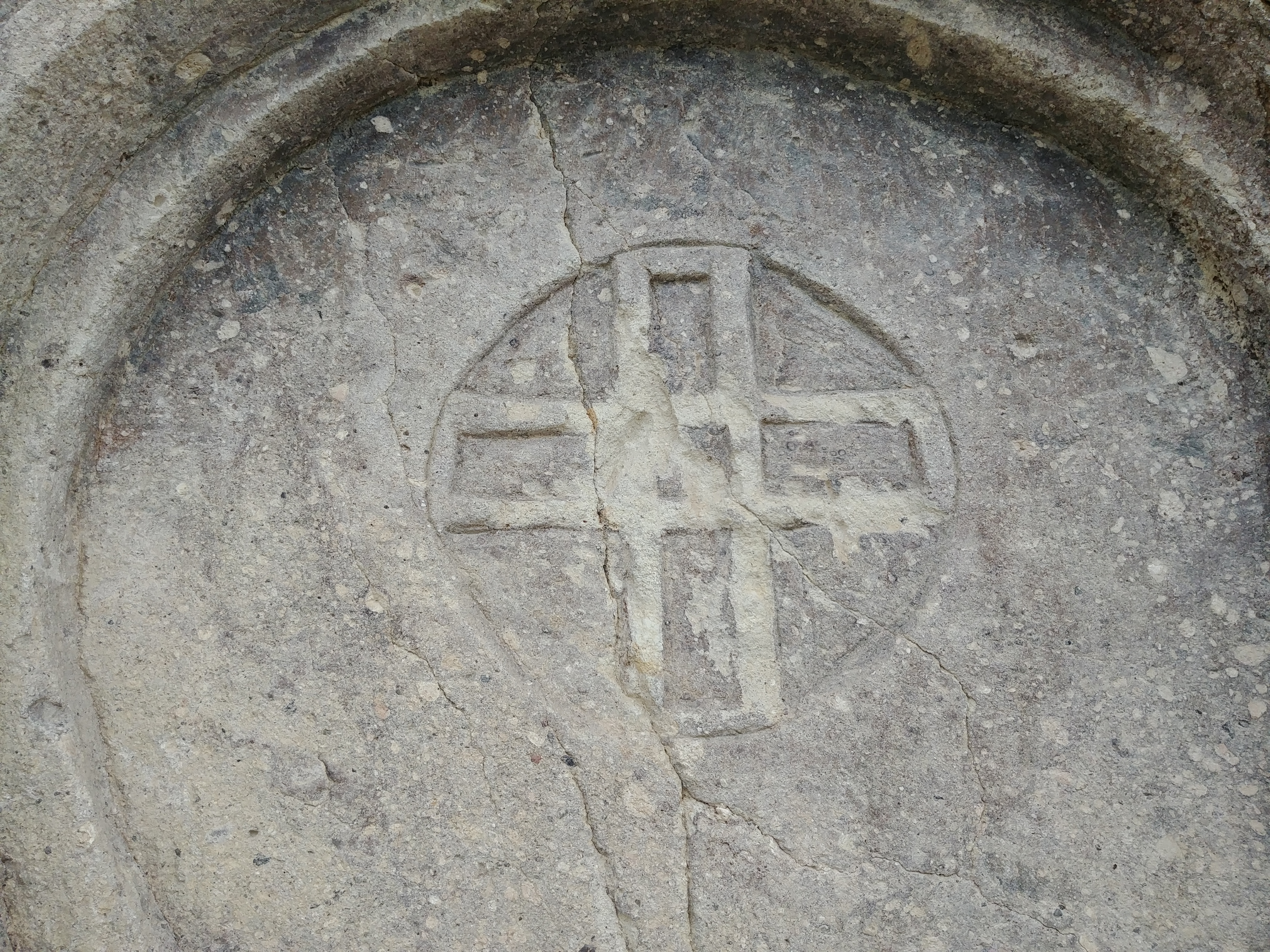

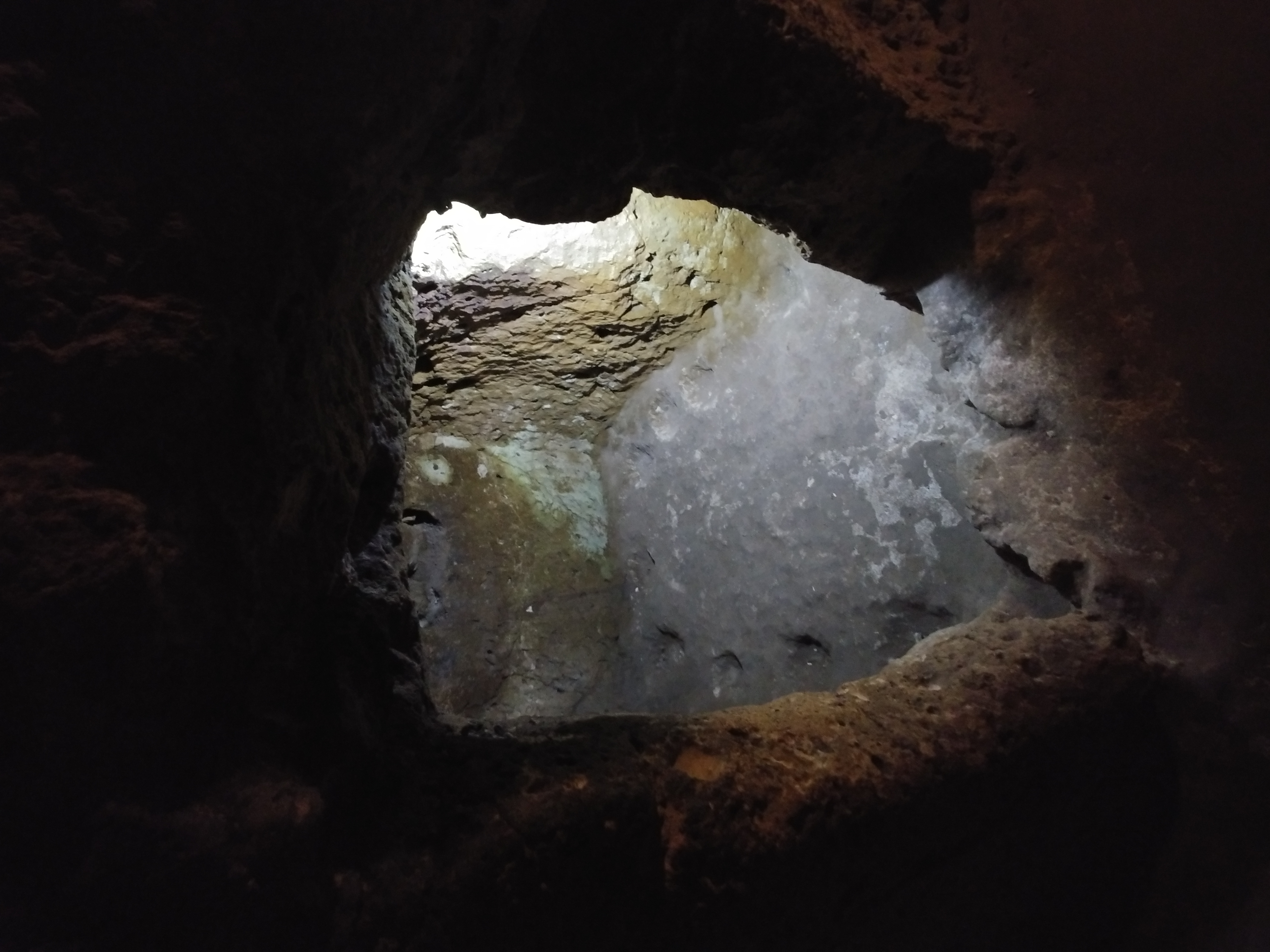
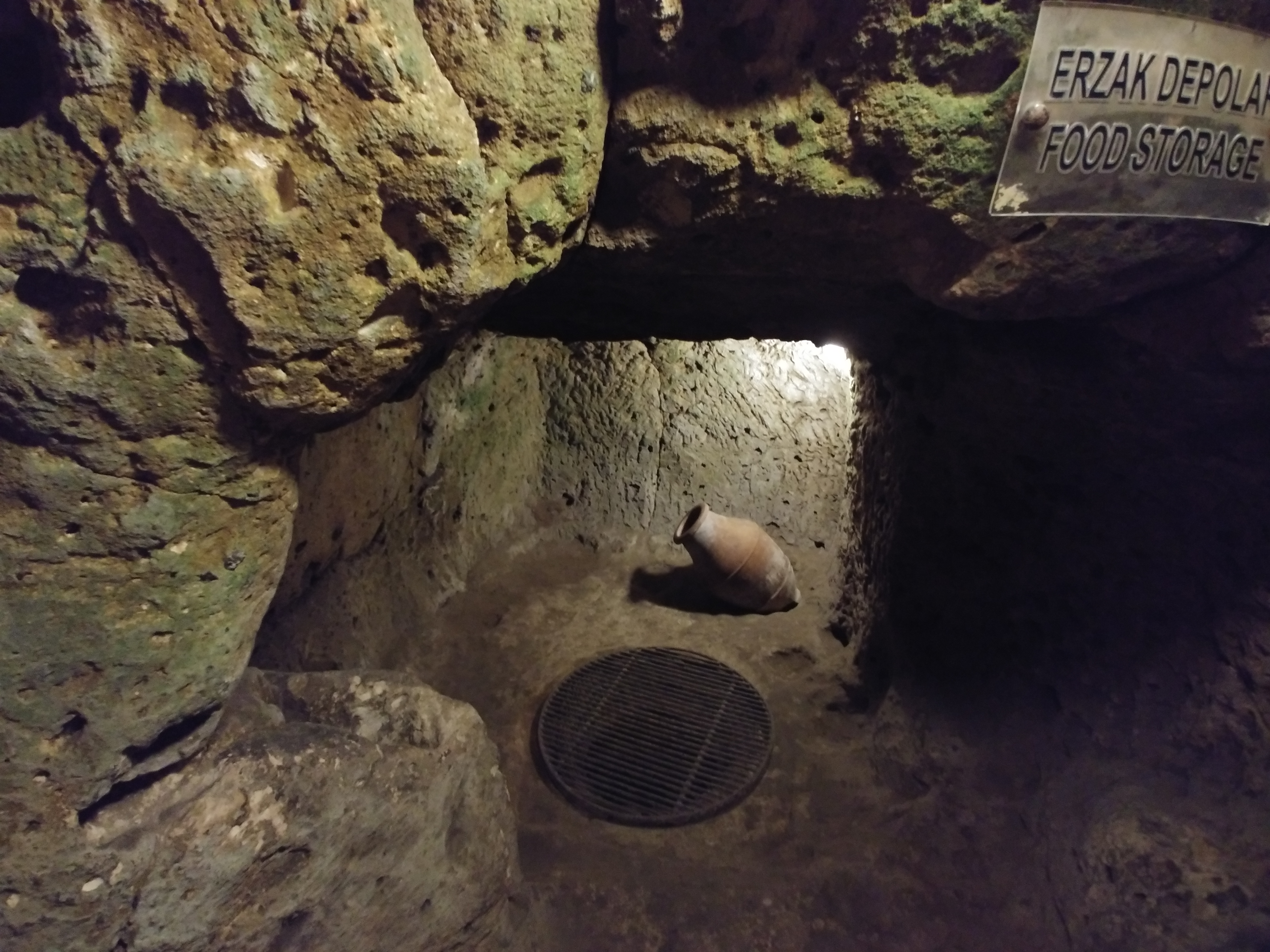
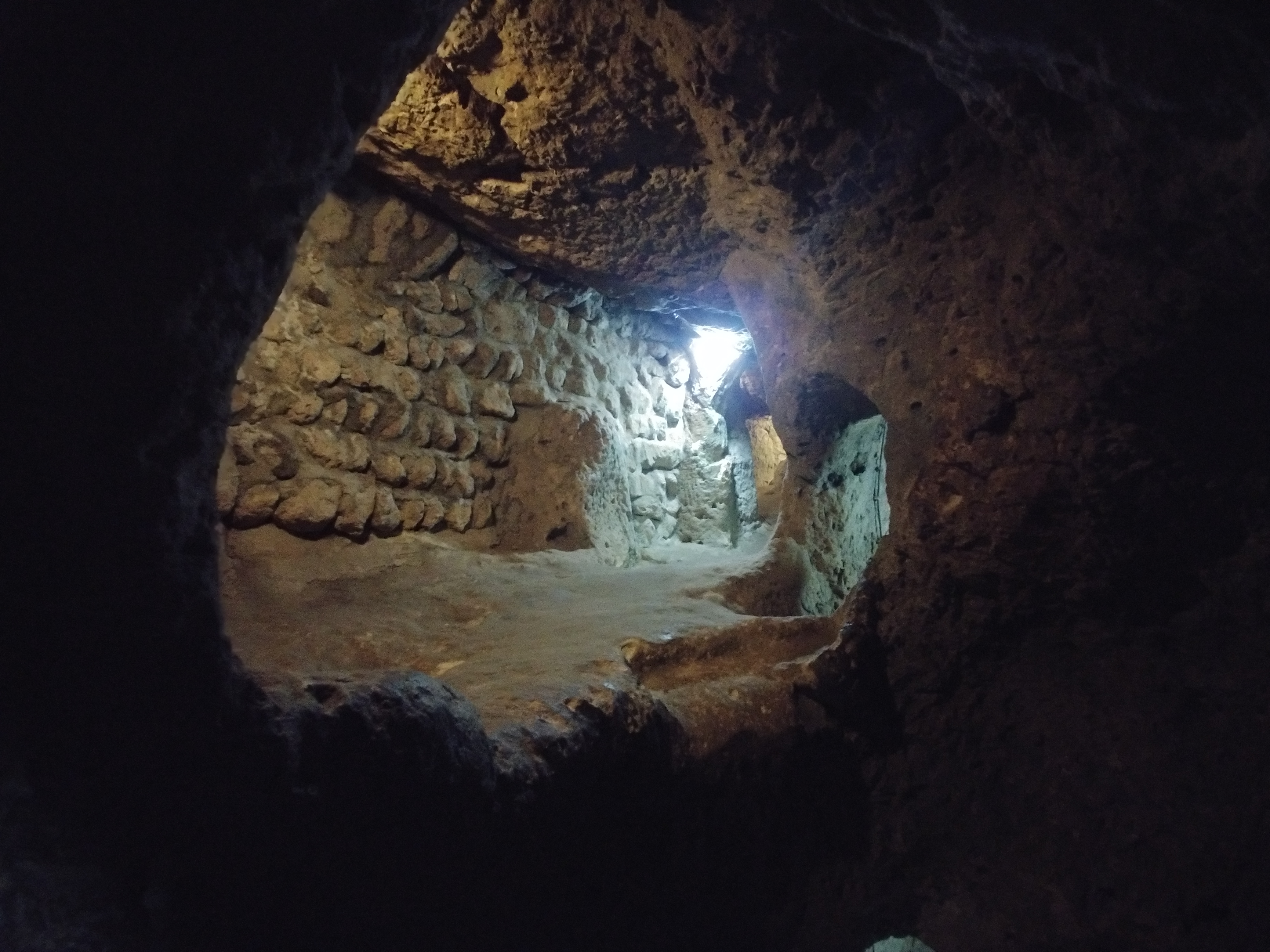
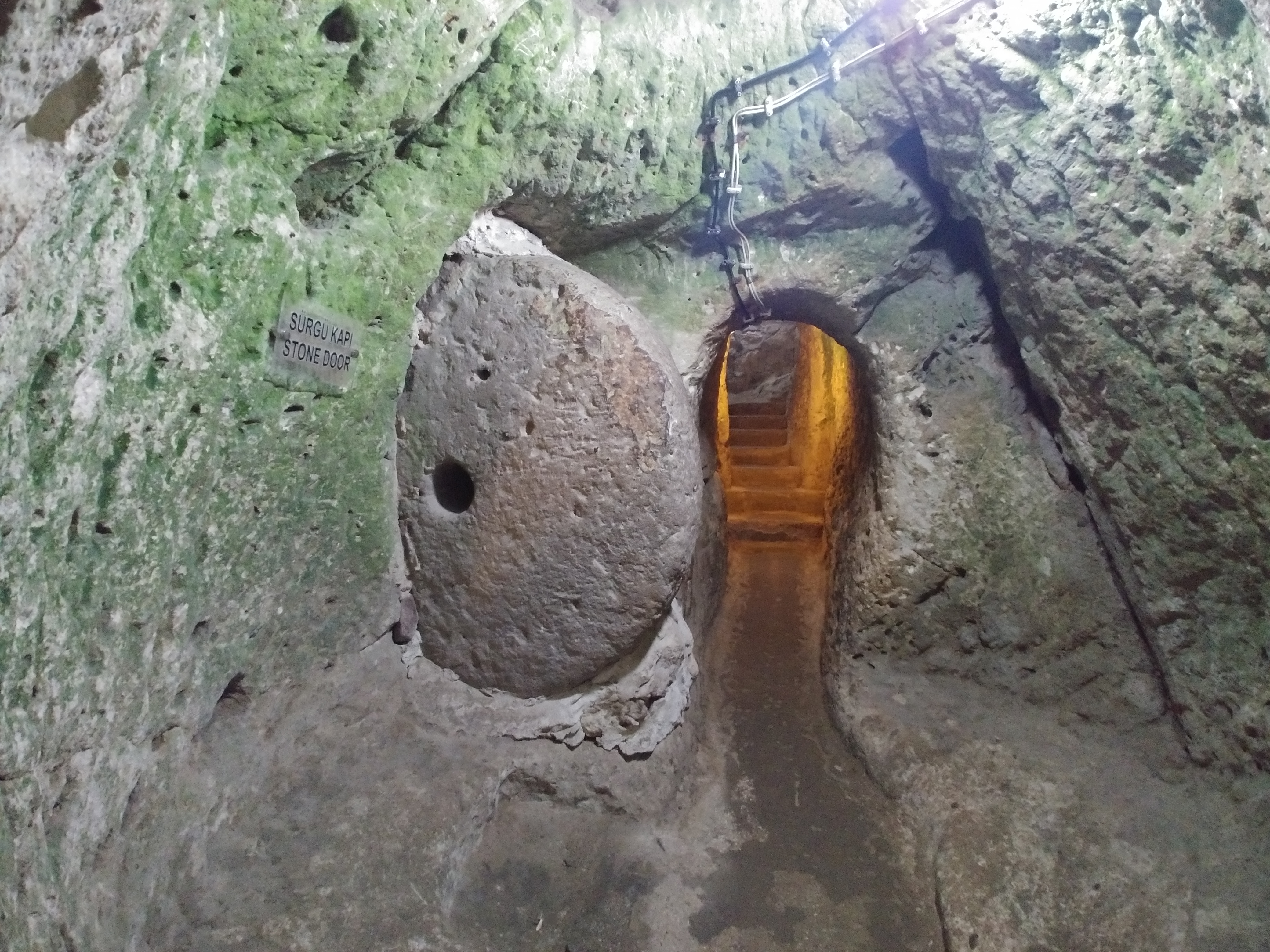
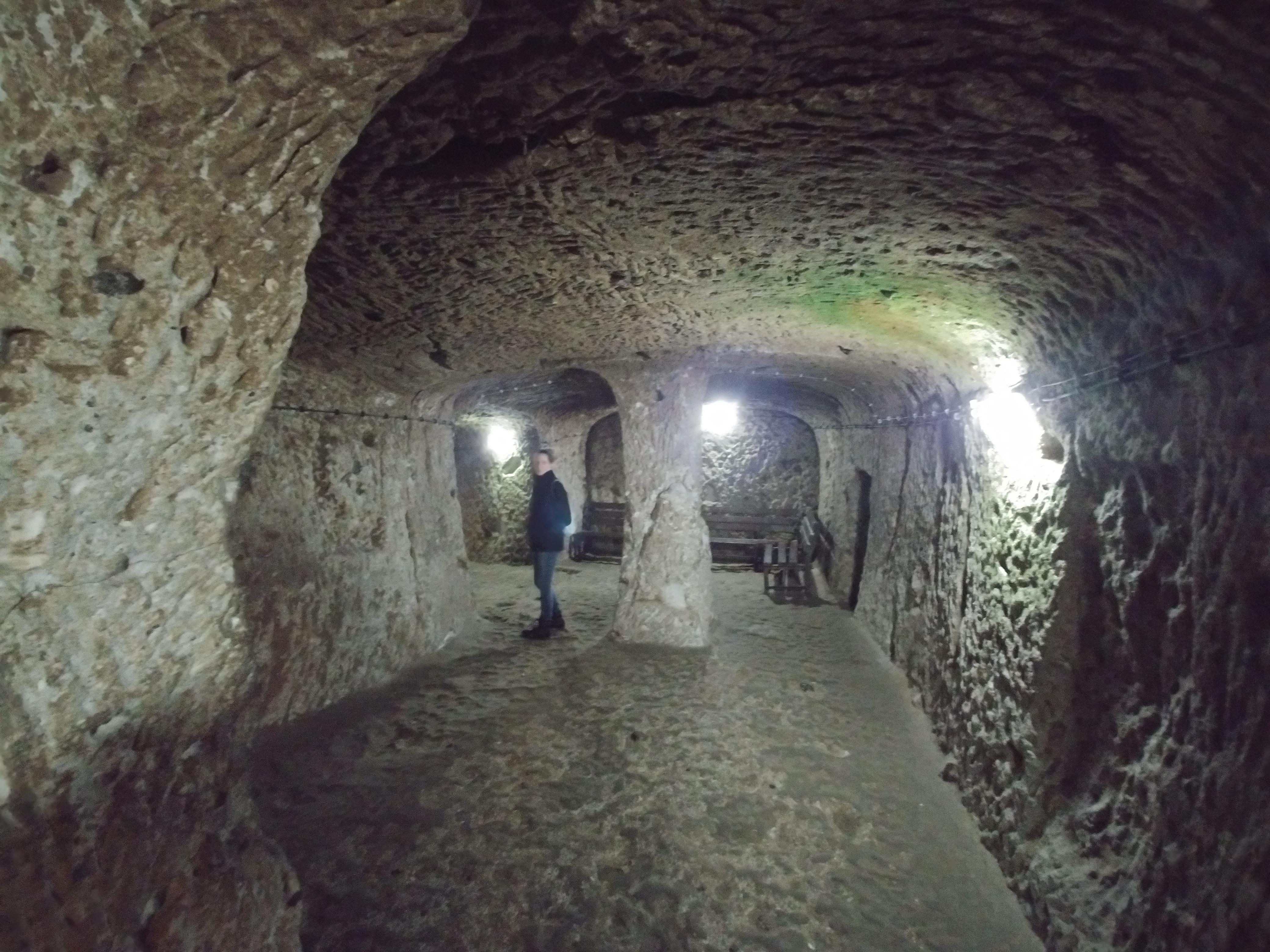


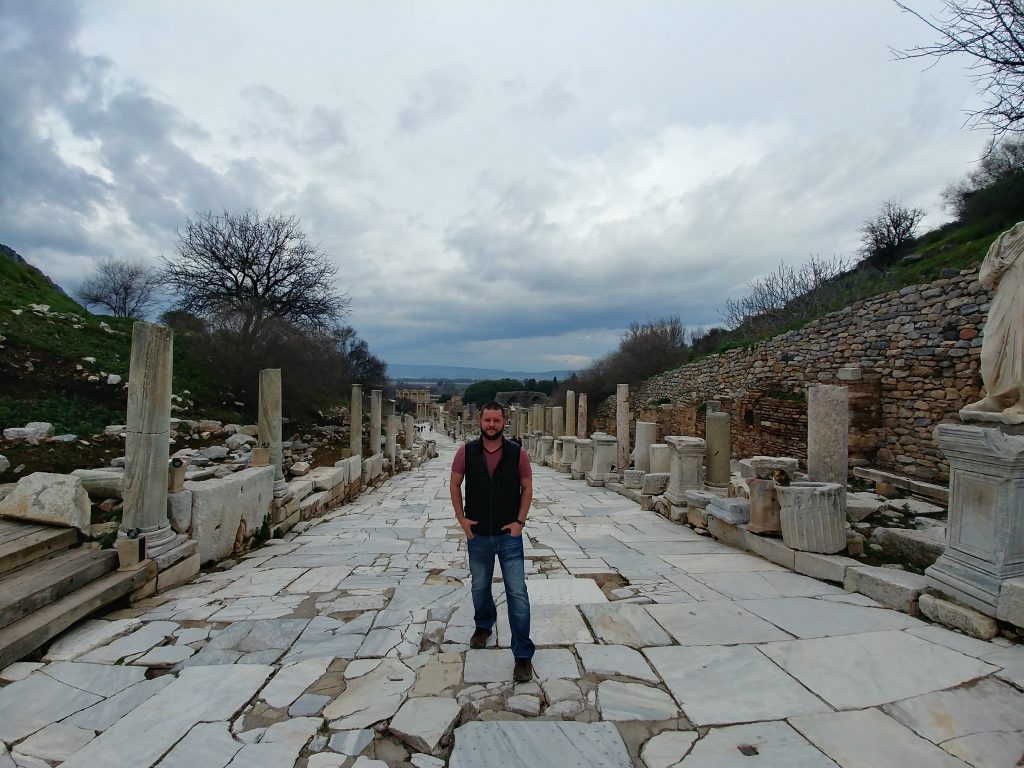





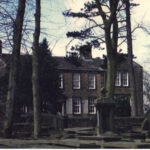
Neat! Enjoy! Clarence and I did the tour of the 7 churches of Asia minor too. Very interesting!
We didn’t get to see all seven–sounds amazing!
I love following your family around the world. Thanks for bringing history alive! I am thankful for your work of speaking and writing. Praying that many are blessed by it!
Thank you!
“All civilizations have collapsed. Every single one of them. Our decaying and decadent civilization is no different, and this is precisely why we must seek things that are eternal: Because nothing else will last. Only Christ has conquered history.”
Magnificent! A vicarious delight and very thoughtful piece that gives one great pause. Keep it coming!
Thank you kindly!
Your writting is both informative and enlightening, and has been an oasis of living water for this thirsty man… the God of Avraham continue to empower you!